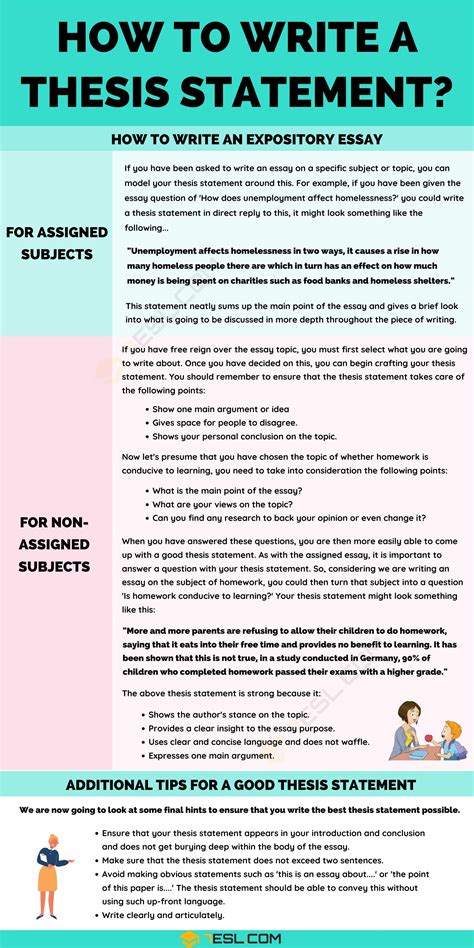How to Write a Killer Thesis Statement: A Guide for Students
Writing a strong thesis statement is crucial for any academic paper. It's the backbone of your argument, the roadmap for your reader, and the key to a well-structured and persuasive essay. This guide will walk you through the process of crafting a compelling thesis statement that will impress your professors and elevate your writing.
What is a Thesis Statement?
A thesis statement is a concise summary of the main point or claim of your essay, research paper, or any other academic work. It's typically located at the end of your introduction and serves as a guide for both you and your reader. Think of it as a promise to your audience – a promise to deliver a focused and well-supported argument. A strong thesis statement is:
- Specific: It clearly defines the scope of your paper.
- Arguable: It presents a claim that requires evidence and analysis to support.
- Concise: It's brief and to the point, usually one to two sentences.
- Focused: It addresses a single, central idea.
- Clear: It's easy to understand and leaves no room for ambiguity.
Steps to Writing an Effective Thesis Statement
Crafting a powerful thesis statement takes time and careful consideration. Here's a step-by-step guide:
1. Choose a Topic and Narrow Your Focus
Start by selecting a broad topic that interests you. Then, narrow it down to a specific aspect you can thoroughly explore within the constraints of your assignment. For example, instead of writing about "climate change," you might focus on "the impact of deforestation on climate change in the Amazon rainforest."
2. Develop a Strong Argument
Once you have a focused topic, formulate a clear argument or claim. This is the central idea you'll be supporting throughout your paper. Ask yourself: What is my opinion or stance on this topic? What point am I trying to prove?
3. Formulate Your Thesis Statement
Combine your focused topic and your argument into a concise statement. This statement should clearly communicate the main point of your paper and provide a roadmap for the reader. Remember to keep it specific and arguable.
4. Refine and Revise
Your first draft of your thesis statement might not be perfect. Review it critically. Is it clear, concise, and arguable? Does it accurately reflect the main point of your paper? Revise and refine it until you are satisfied with its clarity and precision.
Examples of Strong Thesis Statements
Here are some examples to illustrate the concept:
-
Weak: Shakespeare was a great writer. (Too vague and subjective)
-
Strong: Shakespeare's use of imagery in Hamlet reveals the complex psychological struggles of the protagonist. (Specific, arguable, and focused)
-
Weak: Pollution is bad. (Too broad and general)
-
Strong: The increasing levels of plastic pollution in the Pacific Ocean are severely impacting marine life and require immediate global action. (Specific, arguable, and focused)
Thesis Statement Types
While the core function remains the same, thesis statements can take different forms:
-
Expository: Presents facts and information objectively. Example: The three major causes of the American Civil War were economic differences, political disagreements, and the issue of slavery.
-
Argumentative: Presents a debatable claim supported by evidence. Example: The widespread use of social media is negatively impacting the mental health of teenagers.
-
Analytical: Breaks down a complex subject into its constituent parts to understand its nature. Example: The symbolism of color in Hemingway's The Sun Also Rises reflects the characters' emotional states and the novel's thematic concerns.
By following these steps and examples, you can craft a strong thesis statement that will guide your writing and impress your readers. Remember that writing a thesis is an iterative process—it might need refining as your research progresses. Don't be afraid to revise and adjust it as needed!
